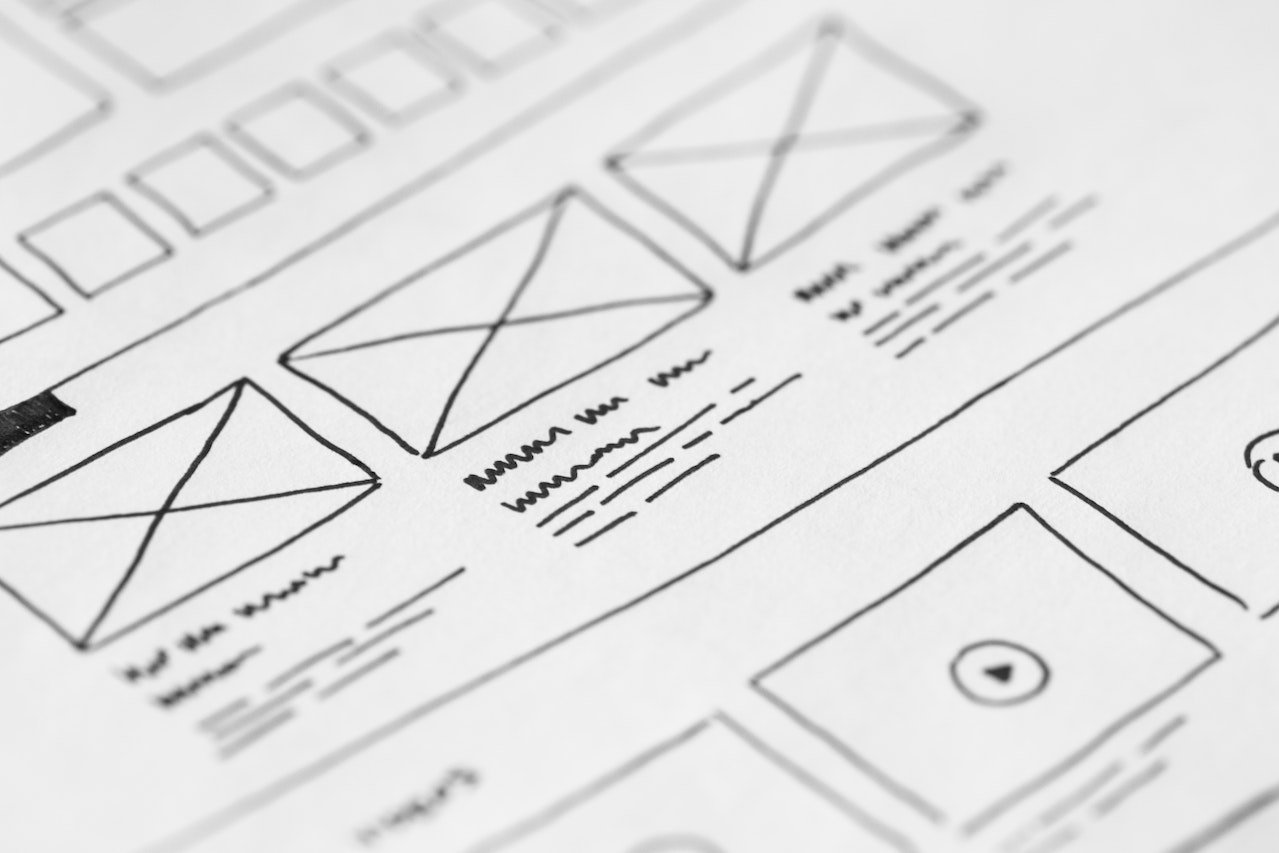

User experience (UX) and user interface (UI) design are two essential aspects of creating products that meet the needs and expectations of customers. UX design focuses on how users interact with a product, while UI design deals with how the product looks and feels. Both UX and UI design aim to provide a positive and satisfying experience for users, which can lead to increased engagement, loyalty, and revenue.
However, creating a good UX/UI design is not a simple task. It requires a systematic and iterative process that involves research, analysis, prototyping, testing, and evaluation. This process helps designers to understand the users’ goals, preferences, behaviors, and pain points, as well as the context and environment in which they use the product. It also helps designers to generate and validate ideas, refine and improve the design, and ensure its usability and accessibility.
The UX/UI design process can vary depending on the type, scope, and complexity of the product, but it generally consists of five main stages: empathize, define, ideate, prototype, and test. In each stage, designers use various methods and tools to collect data, generate insights, create solutions, and evaluate their effectiveness. The process is not linear or rigid; rather, it is flexible and iterative, allowing designers to go back and forth between stages as needed.
By following a UX/UI design process, designers can create products that are not only functional and aesthetically pleasing, but also user-centric and value-adding. A good UX/UI design can enhance the user satisfaction, trust, and loyalty, as well as the product performance, quality, and profitability. Therefore, the UX/UI design process is crucial in delivering successful products that meet both the business objectives and the user needs.
